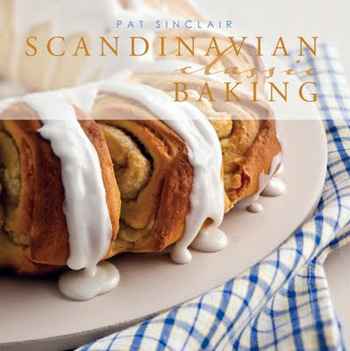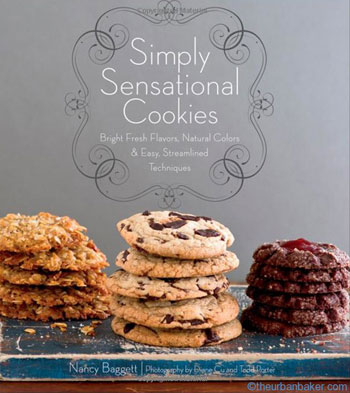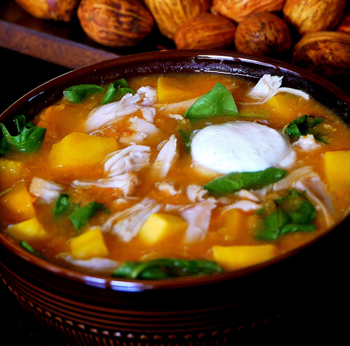 Growing up with an Italian grandmother, desserts usually meant full-bodied, booze-spiked, often savory treats including tiramisu, Italian pizzelle cookies, pignoli cookies, and pepper biscuits. The only thing I knew about Scandinavian desserts was, well, nothing. Thumbprint cookies didn't count since I thought Mrs. Claus invented them.
Growing up with an Italian grandmother, desserts usually meant full-bodied, booze-spiked, often savory treats including tiramisu, Italian pizzelle cookies, pignoli cookies, and pepper biscuits. The only thing I knew about Scandinavian desserts was, well, nothing. Thumbprint cookies didn't count since I thought Mrs. Claus invented them.
Not anymore. Thanks to Pat Sinclair's lovely new cookbook Scandinavian Classic Baking, I now know how to make Swedish Pepparkakor (spicy gingerbread cookies), Sandbakkels (miniature butter cookies shaped into a cup and filled with jam or cream), and Spritz (classic Swedish butter cookies made with a
cookie press).
Sinclair organizes her 42 recipes into five chapters: Coffee Breads, Cakes, Cookies, Tarts, Fruit Desserts & Pastries, and Traditional Favorites. Recipes are highly detailed, so even a novice baker can feel confident attempting a new recipe. You'll find sublimely simple recipes such as orange bundt cake next to more sophisticated ones such as Scandinavian apricot almond bars.





